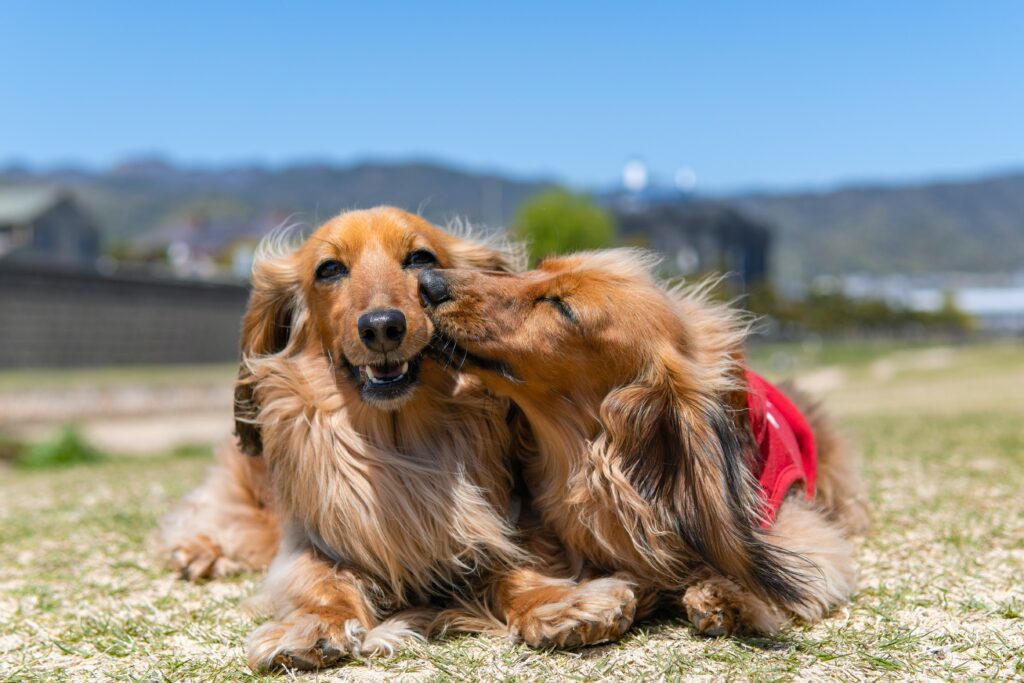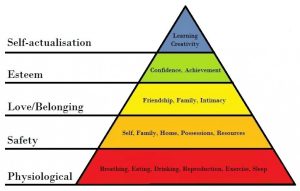Need help with Reactive Dog Behaviour? Join my FREE Facebook support group...
What is Neutrality in Dog Behaviour?
Neutrality has different meanings depending on who you ask. So what is neutrality in dog behaviour and how can you get closer to achieving it?
What is neutrality?
Neutrality is actually a state of being calm and relaxed; neither excited nor fearful. It is a lovely calm state for dogs to be in, as it allows them to think clearly, respond to it appropriately, and make good decisions. Dogs who are neutral are less likely to react impulsively or aggressively, and they are more likely to be able to handle stressful situations.
Neutrality is not…
Neutrality is not ignoring their environment!
A recent trend has pushed the meaning to a new level. There is a new expectation that dogs achieve a state of denial of their surroundings, whilst deferring only to their owner. In this case, dogs are denied the opportunity to interact appropriately with their environment. It is unlikely that positive reinforcement techniques will be effective if you are aiming for this, as the dog is being expected to ignore basic instincts and needs.
However…
Dogs are highly social animals and they need to spend time with their own kind. The five freedoms of animal welfare make provision for it, and for good reason. Dogs that are forced to ignore other dogs are missing out on valuable socialisation and their mental health may suffer. In particular, they are being denied the opportunity to meet their own kind, communicate in their own language, play appropriately, and make friends. This could lead to anxiety, OCD, frustration, over excitement, and reactive behaviours.

Why is neutrality important?
There are a number of reasons why proper neutrality is important for dogs. Most importantly, neutrality helps to keep dogs safe. When dogs are excited or fearful, they are more likely to make poor decisions that could lead to them getting hurt. For example, a dog who is excited might run across a road without looking, or a dog who is fearful might bite someone. A calm dog rarely behaves impulsively. They can easily recognise important cues and will respond appropriately.
How to achieve neutral dog behaviour
There are a number of things that you can do to help your dog achieve neutrality. Here are a few tips:
- Proper socialization: One of the best ways to help your dog achieve neutrality is to properly socialize them from a young age. This means exposing them to a variety of things, people, places, and experiences in a positive and calm way. By doing this, you will help your dog to learn what’s normal, how to cope with new and unfamiliar situations, and it will reduce their chances of becoming fearful or reactive in the future. The best time to start this is between 8-12 weeks, but it is never too late. Dogs are sociable animals so good socialisation should continue for life.
- Positive reinforcement: Positive reinforcement helps dogs to learn what is expected of them, and it also helps to build their confidence. When training your dog, be sure to use plenty of treats and praise. Toys may be a mistake if you are attempting to keep your dog calm though!
- Adequate exercise: Dogs need regular exercise to stay physically and mentally healthy. Exercise helps to reduce stress and anxiety, and it also helps dogs to burn off excess energy.
- A calm and consistent environment: Dogs thrive on routine and predictability. A calm and consistent environment helps dogs to feel safe and secure, which makes it easier for them to relax and be neutral. Try to keep your dog’s environment as calm and consistent as possible. This means feeding them at the same time each day, taking them for walks at the same time each day, and so on.
- Be patient. It takes time and patience to help a dog achieve neutrality. Don’t get discouraged if your dog doesn’t get it overnight.
- Be consistent. It’s important to be consistent with your training and socialization. This will help your dog to learn what is expected of them.
Can all dogs be neutral?
In theory, yes. However, I think it’s important to be realistic. Some dogs are naturally more reactive, sociable, excitable, or anxious, than others. And many have had experiences that can hinder progress too. But, with proper socialization, attention to needs and routine, and exercise, most dogs can learn to be reasonable calm!
Are you struggling with your dogs behaviour?
Private Dog Behaviour Consultations are currently available in the greater Dundee area and beyond, or via zoom when further afield.
If you are looking for help solving your dogs behaviour and training problems, then please get in touch!


